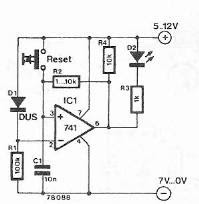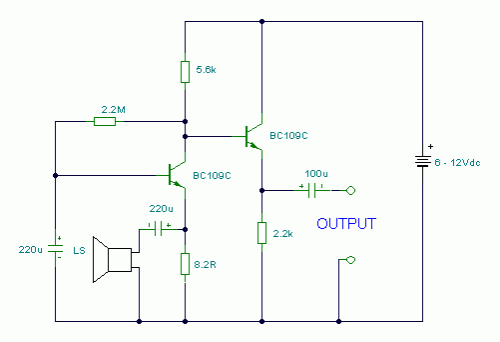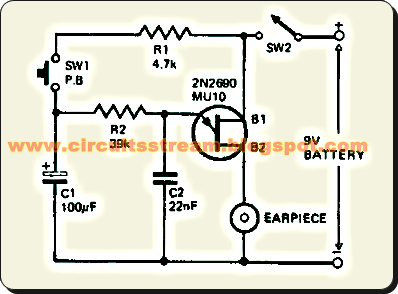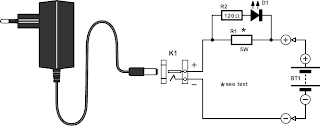FM Radio Receiver Circuit Diagram

This simple circuit FM radio receiver comprises a step of regenerating rf, TR1, followed by a two-stage three audio amplifiers, TR2 to TR4. A critical part of the FM radio receiver is the first stage, TR1/VC1 where the wiring should be kept as short as possible. Coil L1 consists of 8 turns of the winding 1 mm (20 AWG) enamelled copper wire 6 mm in diameter L1 should then be thoroughly and uniformly stretched to a length of about 13mm. FM Radio Receiver Circuit Diagram The tuning capacitor VC1 is one of two sections of a fm radio FM miniature, it is connected to the capacitor C1 22pF. The inductance value L2 rf is not critical, since anything 1μH to 10μH. The output is suitable for common headphones connected in series to provide an impedance of 64Ω. List of Transistors TR1 = BF199 TR2 TR3 TR4 == = BC547

























